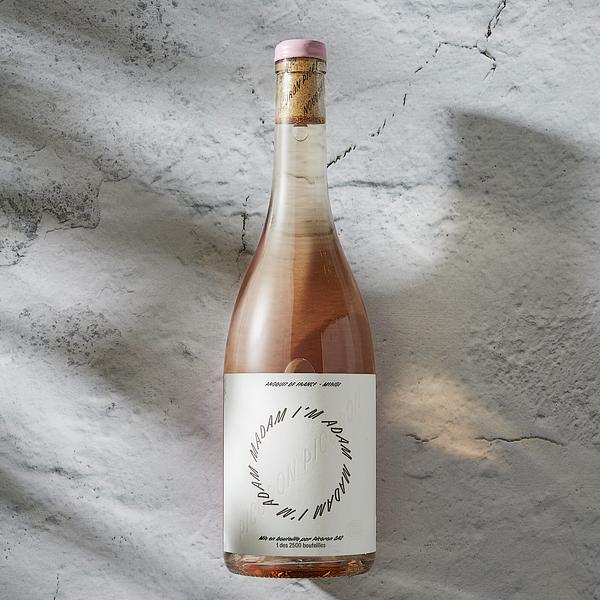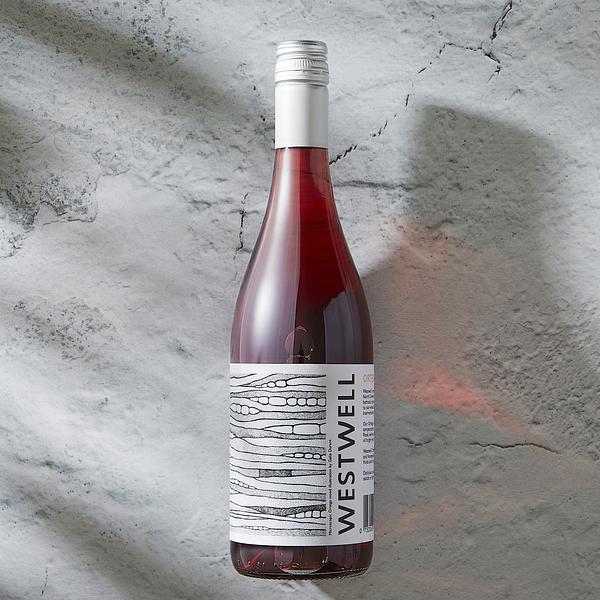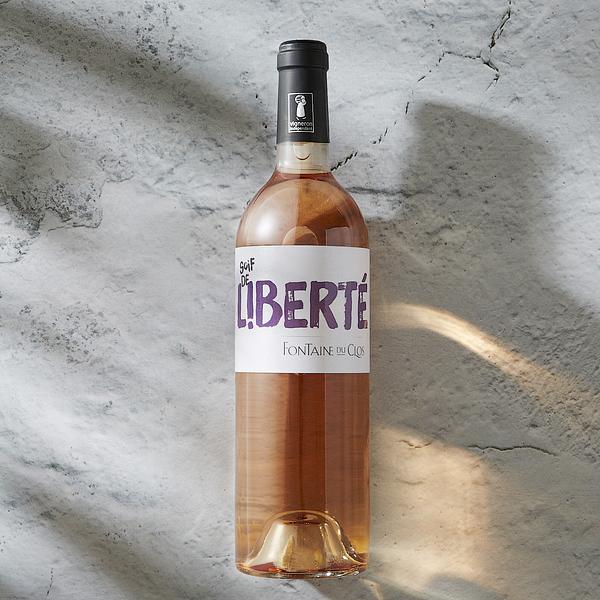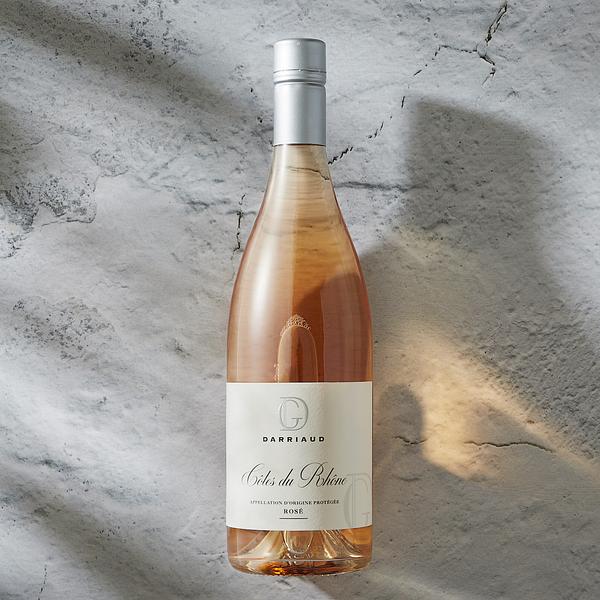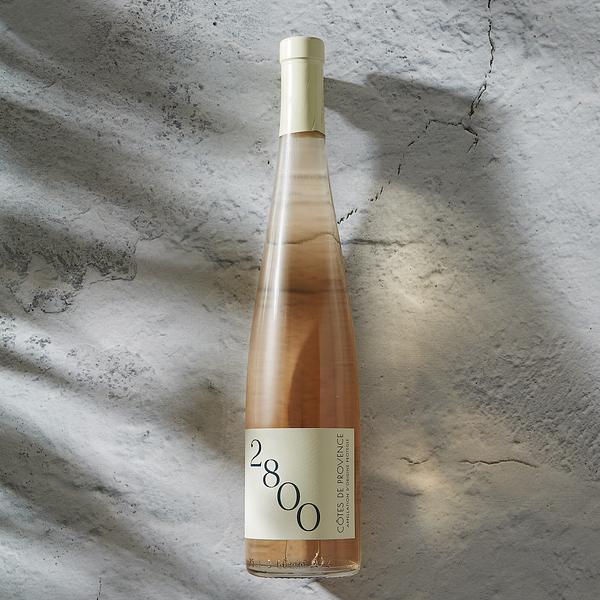OUR ROSÉS
CHÂTEAU PICORON, MADAM I’M ADAM ROSÉ, 2020
From Australian winemaker Châtwau Picoron, this lovely rosé is made from 100% Merlot grapes from the Picoron vineyard located in Sainte Colombe in Bordeaux, France. This is a 2020 vintage with some lovely notes of wild strawberry, crisp grapefruit rind, and wildflowers. The body of this leans toward that of a drier rosé making it incredibly fresh. This wine is hand pressed the Provençale way.
DARRIAUD CÔTES DU RHÔNE ROSÉ 2021
This is an elegant rosé produced in the Rhône region in the South of France. It has flavours of red berries and strawberry. A nice light and refreshing rosé that is dry and crisp and easy to drink all summer long. Drink on its own or pair with seafood or a nice summer salad.
2800 CÔTES DE PROVENCE ROSÉ
Named after the hours of sunlight the Provence vines typically receive each year. This is the perfect summer rosé. It is extremely light in colour and crisp and fresh in taste. This rosé captures the glow of Provence in every sip.
ORTEGA WESTWELL ROSÉ 2020
With deep red colouring, this is not your typical rosé. Ortega is fermented in stainless steel tanks at cool temperatures to retain its freshness and purity. With notes of bright red crunchy fruit, wild strawberries and honeysuckle you get a truly unique taste.
FONTAINE DU CLOS, LIBERTÉ PROVENCE
An incredibly drinkable rosé, this is perfect for summer evenings, or days…It is light and fresh as well as really well priced considering it uses some of the very best organic raw materials that can be found.
